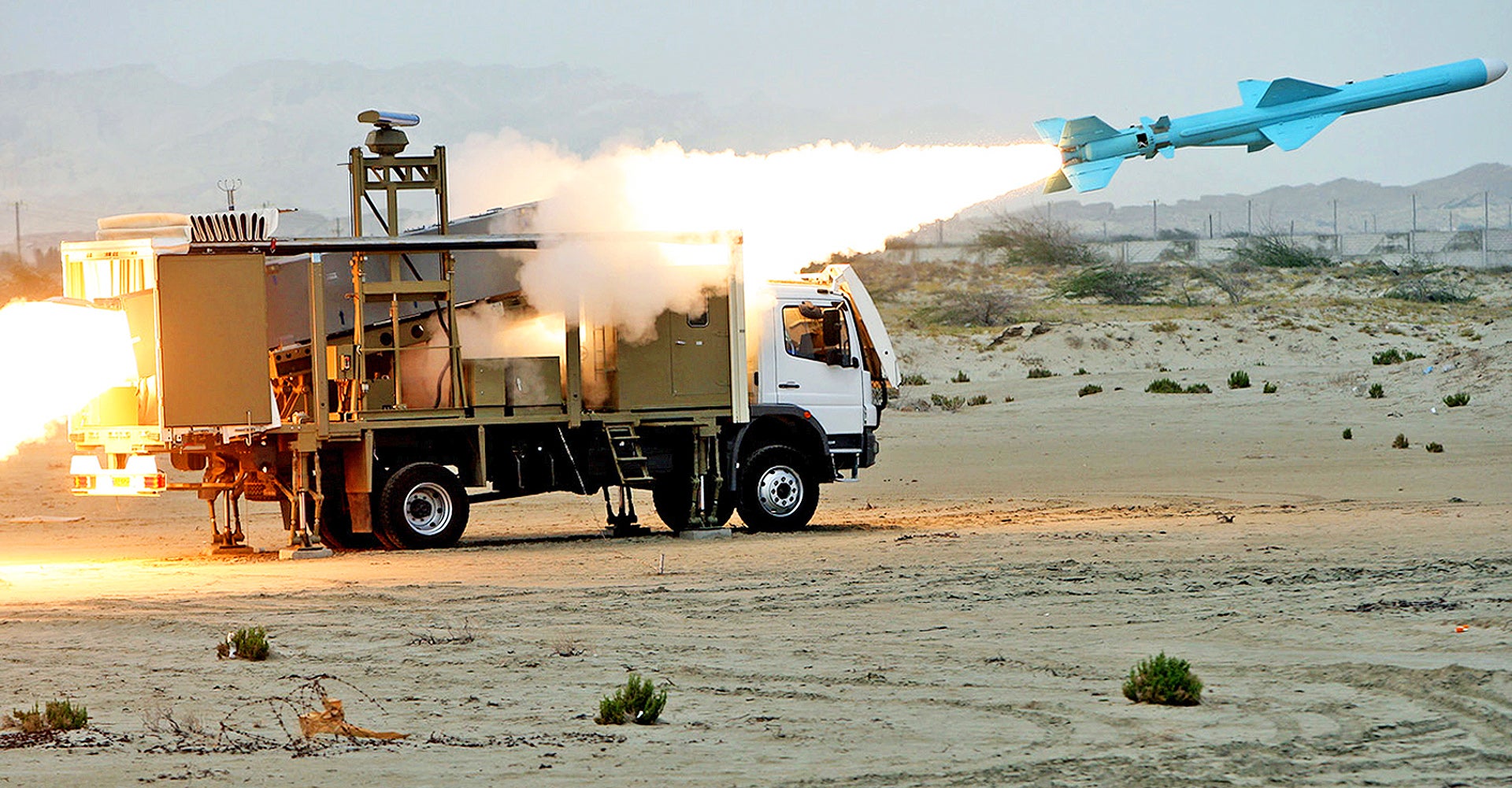Alarm bells rang once again in the Combat Information Center aboard the Arleigh Burke class destroyer USS Mason currently patrolling the southern Red Sea. The ship’s Aegis combat system had detected what looked like inbound anti-ship cruise missiles. The Mason supposedly fired a volley of its own missiles and launched countermeasures to fend off the attack, although it’s unclear if those missiles intercepted anything at all.
The event marked the third attack on USS Mason and nearby USS Ponce in just one week, and comes after USS Nitze, the third ship in the US Navy’s pocket armada patrolling near the Mandeb Strait, fired three RGM-109 Tomahawk cruise missiles at surface surveillance radar sites on Yemen’s western shore.
Iranian-backed Houthi rebels occupy roughly the western quarter of Yemen, and control all the areas where anti-ship missiles have been fired from in recent weeks. So far, these missiles have only found their mark once, destroying HSV-2 Swift, a high-speed logistics catamaran that once belonged to the US Navy. At the time of the attack, the ship was operated by the UAE and had been making runs around the region in support of the coalition of Sunni Arab states, led by Saudi Arabia, that are combating Houthi rebels in Yemen.
Word of Saturday’s third attack came as the America’s first DDG-1000 Zumwalt class stealth destroyer was being commissioned, with Chief of Naval Operations stating:
“There’s been recent activity today, the USS Mason appears to have come under attack in the Red Sea again by coastal defense cruise missiles fired from the coast of Yemen. So as you know, this is the third such attack . . . The Mason and Nitze have everything they need to defend themselves from these attacks and respond when needed. So I’m very proud of the crews, they’ve done a terrific job . . . It’s another thing that just shows you, this is dangerous business . . . When we send our sailors overseas, we have got to send them with the absolute very best, because it’s dangerous over there.”

The irony in this statement is that USS Zumwalt and its two sister ships under construction, USS Michael Monsoor and USS Lyndon B. Johnson, will not be equipped with anywhere near the counter-air capabilities that America’s Arleigh Burke class destroyers possess. At the same time, during a peer-state conflict they will be called upon to fight much closer to enemy defenses, namely in the littoral environments like where USS Mason is deployed now. Auch an enemy will be far better equipped when it comes to anti-ship capabilities than the Houthi rebels.

Meanwhile, the US has been pushing Saudi Arabia to move forward with a comprehensive ceasefire in Yemen, one that would supposedly be adhered to by the embattled Yemeni government and Houthi rebels, as well as all the external players backing both sides. Just hours ago, it appears that this pressure has worked, as Saudi Arabia has agreed to adhere to the deal if the other side does as well.
In the past 18 months or so since the Yemeni civil war erupted, all ceasefire attempts have failed. But after the aerial bombing of a civilian funeral near Sana’a that killed throngs of innocent people and injured hundreds more—an incident that was seemingly abhorred by both sides—this latest ceasefire deal may have a chance of bringing both sides to the negotiating table.

While meeting with US and UK officials in London the following Monday, Saudi Foreign Minister Adel al-Jubei told reporters:
“We would like to see a ceasefire yesterday. Everybody wants a ceasefire in Yemen, nobody more so than the kingdom of Saudi Arabia and the coalition members . . . We come at this with a lot of cynicism. But we are prepared, the Yemeni government is prepared, to agree to a cessation of hostilities if the Houthis agree to it. The coalition countries will respect the desire of the Yemeni government.”
Even with their current level of support from Tehran, the Houthis are losing ground in Yemen. They face a wealthy coalition armed with high-tech military gear. It is only a matter of time until they are beaten territory-wise, but that doesn’t mean an even more deadly insurgency won’t continue. At the same time, more American and Iranian military might is pouring into the region, and the possibility of a wider conflict—one involving the US directly—looms.
Additionally, the eastern half of Yemen continues to be a major operating area for Al Qaeda On The Arabian Peninsula (AQAP), and the country will eventually have to deal with that if it ever really wants to enjoy peace.
How the attacks on US ships over the last week fit into all this is debatable. But unless you buy into the possibility that these strikes have been rebels lashing out at their own accord, then they do have a place in a larger strategy. Whether or not negotiating a ceasefire—or a potential end to the conflict as a whole—is part of that strategy remains unclear.
Contact the author: Tyler@thedrive.com
